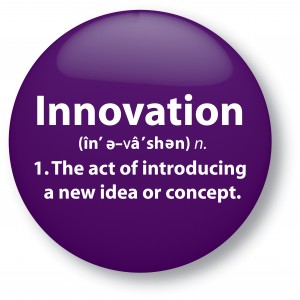
The holiday season is not always holly and jolly for the families that you serve. It is, in fact one of the most stressful times of the year, especially for family caregivers. Often feeling overwhelmed and under appreciated, the period between Thanksgiving and New Year is consistently rated as the most difficult, especially for primary caregivers.
In my work as a family caregiver educator, I would often spend the latter part of October and all of November and December speaking to families about keeping themselves emotionally, physically and spiritually well in preparation for the holiday season. Learning to deal with stress takes a conscience effort and rethinking how we approach holiday challenges. Some of these include:
- Redefine family traditions if needed
- Balance priorities
- Learn to say NO – in other words…you can’t do it all
- Use patience, kindness and understanding when communicating with family members
- Plan ahead for the health and well-being of your loved one
- Ask for help!
- Practice the art of simplicity
As professionals one of our most valuable role during the holidays is to be understanding and empathetic of their stress. At the same time, encourage them to enjoy the moments with their loved ones and practice some of the suggestions shared above. Above all, if you can be a calm in the storm, that may be the best gift that family members need.
It’s true that we can’t give something away that we don’t already have. We can’t pour from an empty cup… help your families keep their cups full this season. Sometimes just a warm hug, a shoulder to cry or a well stocked chocolate basket may be enough to show them that they are appreciated.
Honor your families, love on your caregivers and help to keep their cups full. Because to that one person, you may be the world.
 Be honest. The last time you sat in traffic, were you thankful for the fact that you had a car to drive and money for the gasoline to run it? My guess is that wasn’t your first thought. If you are like me, you were wondering how late you will be for your appointment or asking yourself how you got in this mess to start with.. darn it!
Be honest. The last time you sat in traffic, were you thankful for the fact that you had a car to drive and money for the gasoline to run it? My guess is that wasn’t your first thought. If you are like me, you were wondering how late you will be for your appointment or asking yourself how you got in this mess to start with.. darn it! The Message is clear. “We need more innovative, person-centered tools to help those who care for our elders, especially those with dementia.”
The Message is clear. “We need more innovative, person-centered tools to help those who care for our elders, especially those with dementia.” How Losing A Pet Is Much Like Losing a Loved One
How Losing A Pet Is Much Like Losing a Loved One